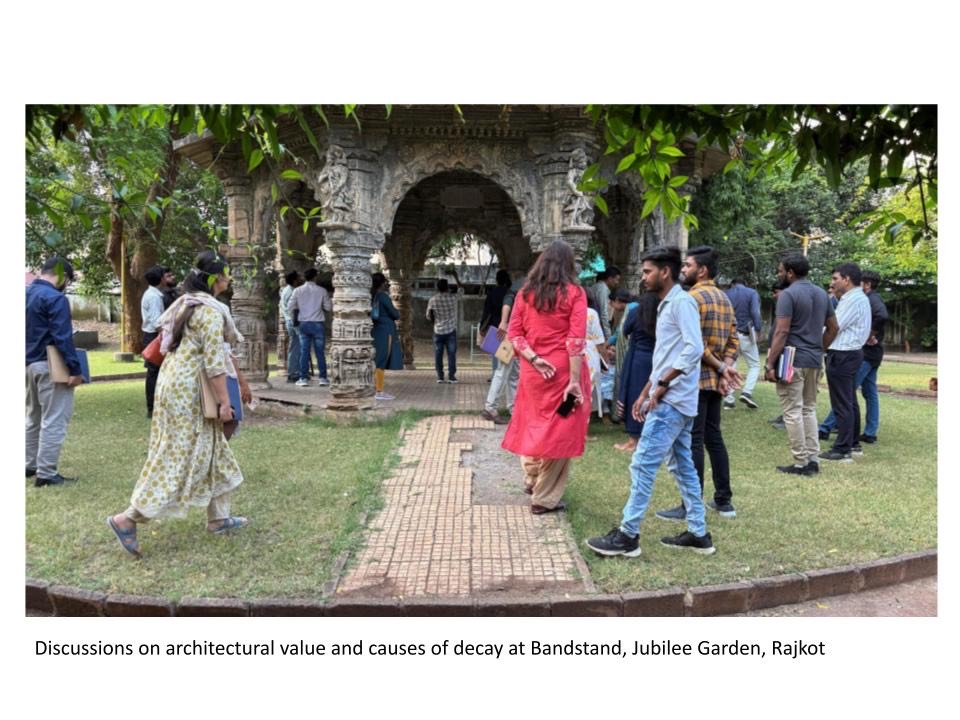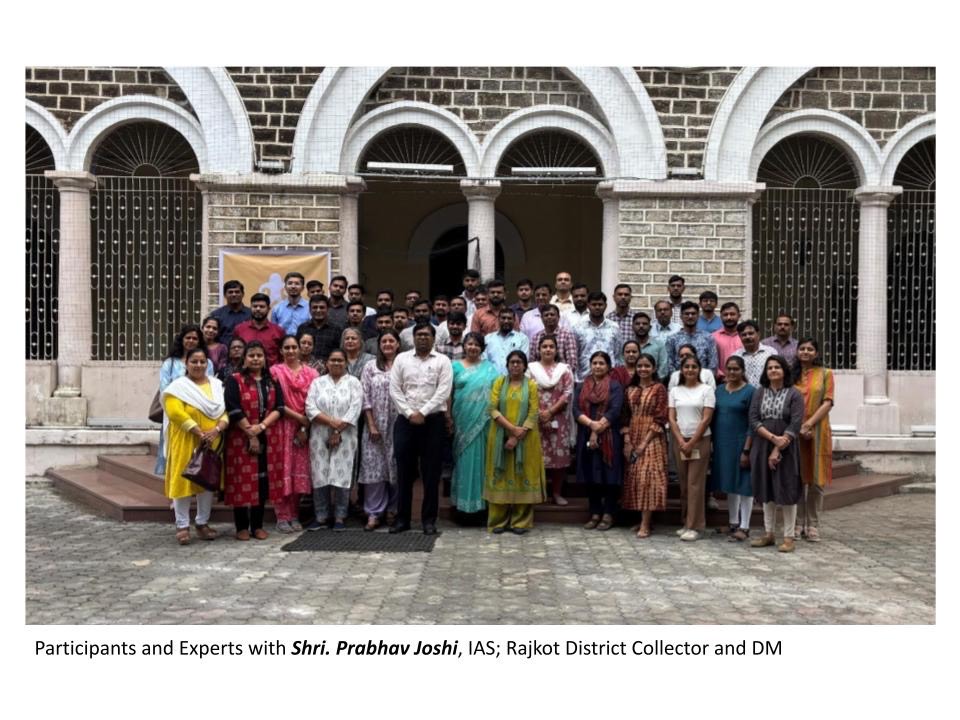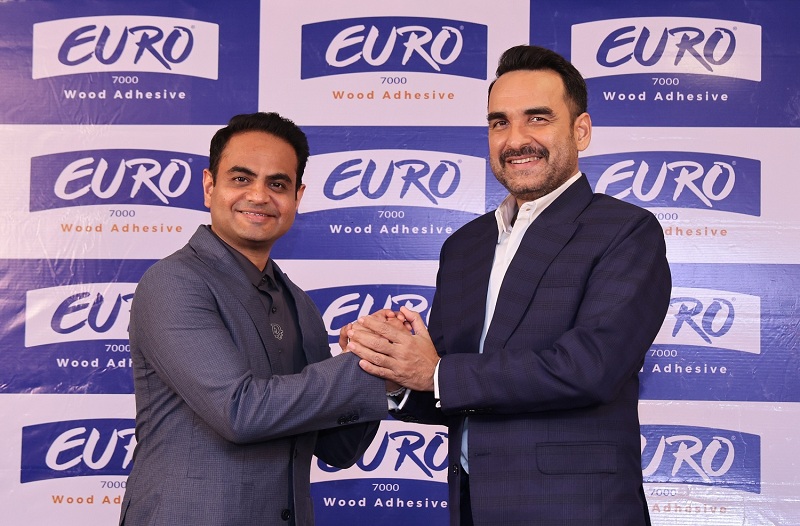In a groundbreaking effort to protect and preserve Gujarat’s architectural heritage, more than 60 engineers, architects, and officials gathered for a two-day workshop organized by the Indian National Trust for Art and Cultural Heritage (INTACH), Rajkot District Administration and the Rajkot Municipal Corporation. Participants included representatives from departments like State Archaeology, Road and Building, and Gujarat Energy Transmission Corporation, with delegates from Rajkot, Gandhinagar, and Bhuj, among others.
The workshop’s purpose was clear: equip professionals with technical skills and practical knowledge to conserve the state’s historic sites while adapting them to modern needs. Sessions covered conservation methods, site visits, and discussions on best practices, fostering a collaborative spirit essential for effective heritage preservation.




A Call for Commitment
The workshop was inaugurated by Rajkot Municipal Commissioner Shri D.P. Desai, who emphasized the unique heritage of Rajkot and the urgent need for its preservation. “Each of us has a responsibility to preserve Rajkot’s history and heritage,” he said, encouraging government officials to identify historic sites within their areas and work towards their protection. Desai’s address inspired the audience, stressing that society must develop a sense of belonging and appreciation for its cultural legacy. The second day began with a much needed address by Rajkot District Collector Shri Prabhav Joshi, IAS. Joshi emphasized the need for infrastructure-sensitive conservation efforts and praised INTACH’s awareness initiatives. He suggested that INTACH must continue their initiatives for heritage at risk, collaborating with government agencies to secure these sites for the future.
Day 1: Foundations of Heritage Conservation
The workshop opened with a session by Dr. Parul Munjal, Director of INTACH Heritage Academy. She introduced the term “heritage,” extending it beyond property to encompass cultural and historical significance. Using examples, she explained how heritage preservation can honor a site’s social and political history, cultural relevance, and architectural value. Munjal’s talk covered Bernard Feilden’s seven stages of intervention, helping participants distinguish between various conservation approaches.
Architect Riddhi Shah led the next session, exploring Saurashtra’s rich architectural heritage. Shah highlighted the region’s ancient, medieval, and modern landmarks, tracing Saurashtra’s roots back to the Indus Valley Civilization. She described the coastal and hill temples, colonial infrastructure, and princely state buildings that define the area. Shah concluded with a call to action, urging participants to recognize and protect this diverse heritage for future generations.
Delving deeper into the methods for preservation, conservation architect Sheetal Gandhi presented on the “Process of Conservation: From Planning to Execution.” Drawing on her experiences in Mumbai, she shared practical conservation methods, focusing on planning, research, execution, and post-project evaluation. Gandhi explained causes of decay in historic buildings, offering strategies for repair and restoration.
Historic Walkthrough: Observing the Legacy
The day concluded with a field visit to Rajkot’s historic landmarks, including the Mahatma Gandhi Museum, Lakhajiraj Vegetable Market, Dharmendrasinhji Cloth Market and Jubilee Gardens iconic sites like BandStand, Lang Library and Watson Museum. Led by experts, the walk included discussions on architectural significance, historical use, and current condition. Watson Museum curator Sangita Ramanuj highlighted Saurashtra’s unique heritage exhibits, sparking further conversations on conservation needs. Participants documented their observations, assessing building typologies, materials, and restoration quality.
Day 2: Collaborating on Conservation
Architect Gurmeet Rai, Director of CRCI, led the final sessions on conservation techniques and adaptive reuse. Rai advocated for a balance between preservation and contemporary utility, demonstrating how adaptive reuse can transform historic sites into functional spaces without compromising their cultural integrity. Rai’s case studies showcased successful transformations of heritage buildings into relevant, sustainable spaces, with emphasis on community involvement, policy support, and interdisciplinary collaboration.
A Unified Mission for Gujarat’s Heritage
The workshop concluded with a resounding call for action, inspiring participants to apply their newfound skills and perspectives within their organizations. Encouraged by the collaboration and shared commitment, attendees expressed determination to safeguard Gujarat’s architectural legacy. The workshop underscored the importance of collective efforts from architects, historians, and communities, setting a foundation for a heritage conservation movement across the state.





